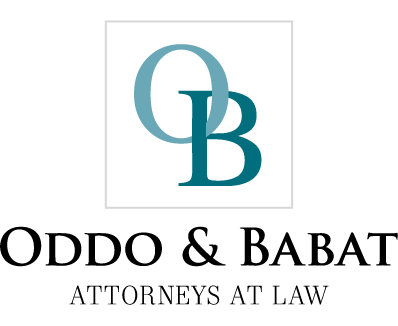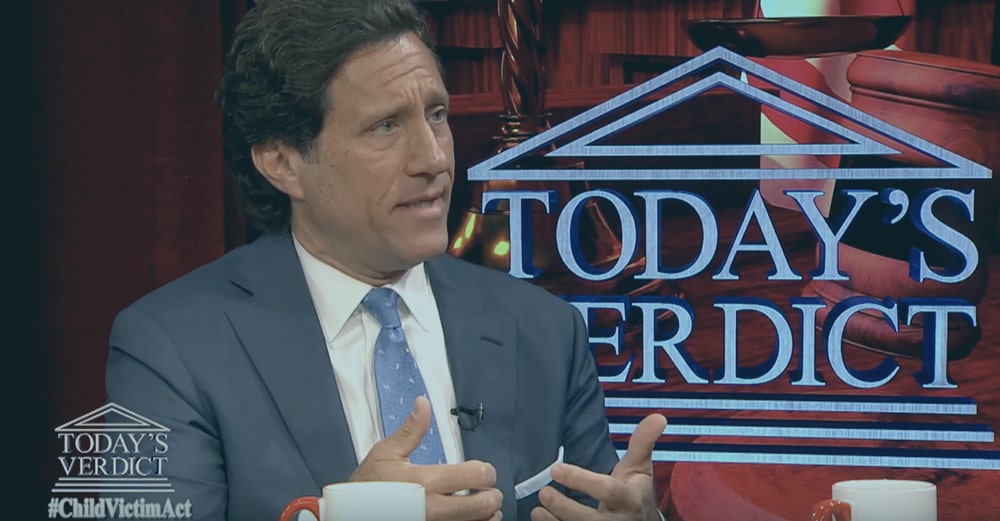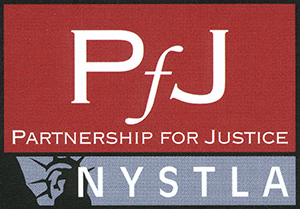Negligence Personal Injury Lawyer Manhattan NY
How to File a Civil Case

- The party suing, or filing the complaint, is called the plaintiff
- The party who the complaint is filed against is called the defendant
- The complaint describes the legal basis for which the claim is made (damages, injuries). It also describes the demands of the plaintiff to court, which may include money, property, or other forms of reimbursement
The Formal Complaint and Court Summons
The first step in filing a civil case involves filing a formal complaint against the defendants. Complaints must be carefully drafted to state the legal grounds for which the case is filed. It must be noted that filing a complaint requires a filing fee, to be paid by the plaintiff to the court clerk in Manhattan NY. Formal complaints have specific requirements that vary by state, so it is highly suggested to hire a negligence personal injury lawyer to file the formal complaint.
Requirements for formal complaints:
- Name the plaintiff and all defendants
- State the damages incurred and the demands of the plaintiff
- Must be typed on specific forms and documents for court
Once the complaint is filed, the court will issue a summons to the defendant. A summons is a court issued document that notifies the defendant that he or she is being sued.
The summons will include:
- The name of the lawsuit
- Name of all the parties involved
- Address of the plaintiff’s attorney
- Instructs the defendant to file a response during a specific time period
A copy of the official complaint filed and the court summons must served to the defendant before they are required to respond. The court summons must be served by a process server.
Preparing for the Case
To prepare for the civil case, both plaintiff and defendant provide information on the case such as:
- Identity of witnesses
- Documents related to the case or which can be used as evidence in the case
When this information from both parties is presented to each other, it is called the discovery. This discovery prepares for the trial, and allows for either party to collect evidence and call for witnesses. The discovery might also include a deposition, where witnesses answer questions from lawyers before the trial. The responses of the witnesses in the deposition are then typed into transcripts for later use.
Both parties can file for motions, which request the court make judgements, or rulings, based off the provided evidence.
Alternative Dispute Resolution and Settlements
Judges encourage both parties to reach an agreement before proceeding with the trial. Forms of alternative dispute resolution (ADR) such as mediation or arbitration are suggested to avoid going to trial. Mediation is where a neutral, third party member attempts to find compromise between the two parties to reach a fair settlement. If alternative dispute resolutions fail to achieve a settlement, then the case is scheduled by court to a trial. Both parties have the right to request a jury trial, but if both waive the request, the trial will be done with only a judge.
The Trial
The judge determines what evidence is to be shown in the courtroom. Witnesses from both parties are to be kept out of the courtroom before they testify to avoid changing stories.
Records are kept of all the Manhattan NY trial proceedings, including:
- Any witness that testifies
- Documents pertaining to the case
- Photographs, videos, or any other items pertaining to the case
- Objections made by the defending lawyer or the personal injury lawyer
Attorneys may object to any unfair or irrelevant questions asked to the witnesses. The judge can either overrule the objection and allow the question to be asked, or sustain (allow) the objection. If the objection is sustained, then the witness is not allowed to answer the question, and the opposing attorney must proceed to the next question. Objections are recorded to be reviewed later on, if necessary.
During the closing, both the plaintiff and defendant give a closing argument that summarizes their case. If there is a jury, the plaintiff must attempt to convince the jury of the damages suffered by the defendant. The judge then asks the jury questions to determine the defendant’s innocence or guilt, and the compensation that should be awarded to the plaintiff (if the defendant is declared guilty). In a “bench” trial, or a trial without jury, the judge is the deciding factor.
Contact, Oddo & Babat, Today
If you’re looking for assistance after an accident, contact a negligence personal injury lawyer Manhattan NY residents trust by calling, Oddo & Babat,


 I consulted with David the first time a couple of years ago on a serious matter that affected a very close member of my family. Not expecting a good experience from this serious situation coupled with an attorney consultation, the entire thing surprised me as it was pleasant, professional, and completely successful. We found him clear, direct, generous and extremely knowledgeable throughout the process. I give my very strongest recommendation
I consulted with David the first time a couple of years ago on a serious matter that affected a very close member of my family. Not expecting a good experience from this serious situation coupled with an attorney consultation, the entire thing surprised me as it was pleasant, professional, and completely successful. We found him clear, direct, generous and extremely knowledgeable throughout the process. I give my very strongest recommendation








